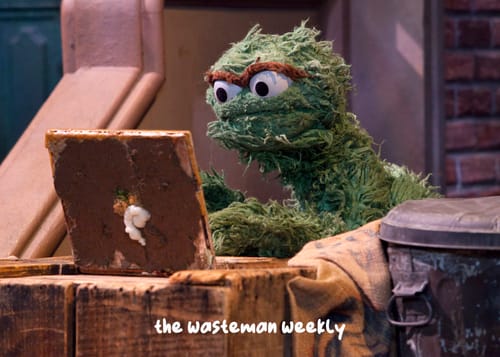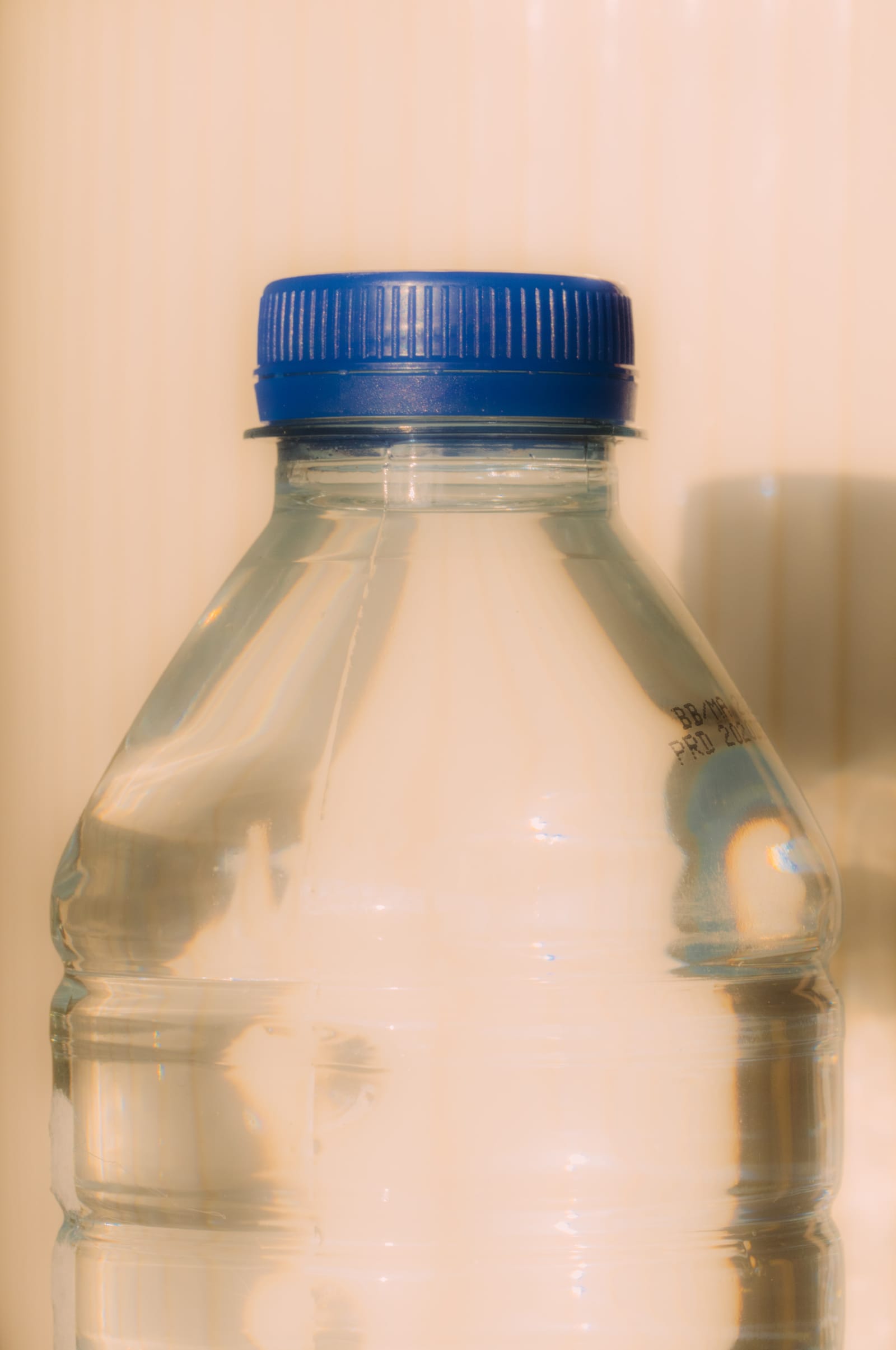If you've ever heard of the study that said we consume about a credit card's worth of plastic every week, I have some pretty bad news for you… and frankly if you haven't heard of that study, I have even WORSE news for you.
Big Picture
In a recent, first-of-its-kind study on nanoplastics, researchers found over hundreds of thousands of plastic particles in one-liter bottles of water sold in the US, 90% of which are capable of entering the human bloodstream. The researchers targeted the 7 common plastic types, including PET (polyethylene terephthalate) which is what most plastic water bottles are made of, and also polyamide which is most often used in filters to purify water. What is especially scary is that these findings tell us that bottled water likely contains almost 100x more plastic than what we had previously estimated.
What are Micro & Nanoplastics?
Imagine a plastic phone case. Now, picture a few tiny bits of that phone case breaking off after you accidentally drop your phone- those are microplastics, small fragments that come from larger plastic things breaking down. Taking it a step further, think of one of those tiny bits breaking down into even smaller particles – ones you may not even be able to see, that's nanoplastics. They can form when microplastics break down further, when they flake off of plastic products, or even just through the everyday use of plastic things. Microplastics and nanoplastics often find their way into our oceans, rivers, air, and even our bodies. It's as if these tiny plastic bits from the phone case are floating around your space and can be easily lost track of.
Why is it so bad?
While plastic pollution is everywhere, bottled water is of particular relevance to us because of its potential to introduce plastic particles to the human body. Nanoplastics have historically gone undetected, suggesting that health concerns linked to plastic pollution may be dramatically underestimated. Nanoplastics pose an even greater threat than microplastics seeing as they're small enough to penetrate human cells and enter the bloodstream, free to impact organs and able to be passed through the placenta to the bodies of unborn and growing babies. And it's more subtle than you may think, a report from 2021 warned that simply opening and closing the cap on a plastic bottle of water can release tiny plastic bits into the liquid.
What's our Problem with Plastic?
The world produces more than 450 million tons of plastics each year, most of which generally ends up in landfills in some way or another. Honestly, even that number may be an understatement due to poor visibility in the waste managment sector. Nearly all of the plastics we use do not degrade naturally, but instead break down into smaller pieces and spread into our surroundings, not to mention the small bits of plastic that are routinely shed from the products we use. But there's things we can do to prevent both plastic waste as well as the impacts nanoplastics will have on our health. Reducing your plastic usage and plastic products goes a long way - think grocery bags, single use packaging, plastic wraps, and plastic water bottles.
Take Action:
In the case of water opt for reusable steel, aluminum, or glass vessels for your beverages - in fact, many beverage makers like Starbucks and others accept reusable cups now too.
- come to think of it, is that what all the Stanley cup hype is about?
WW x Stanley up next?
Inspiration: Bloomberg








